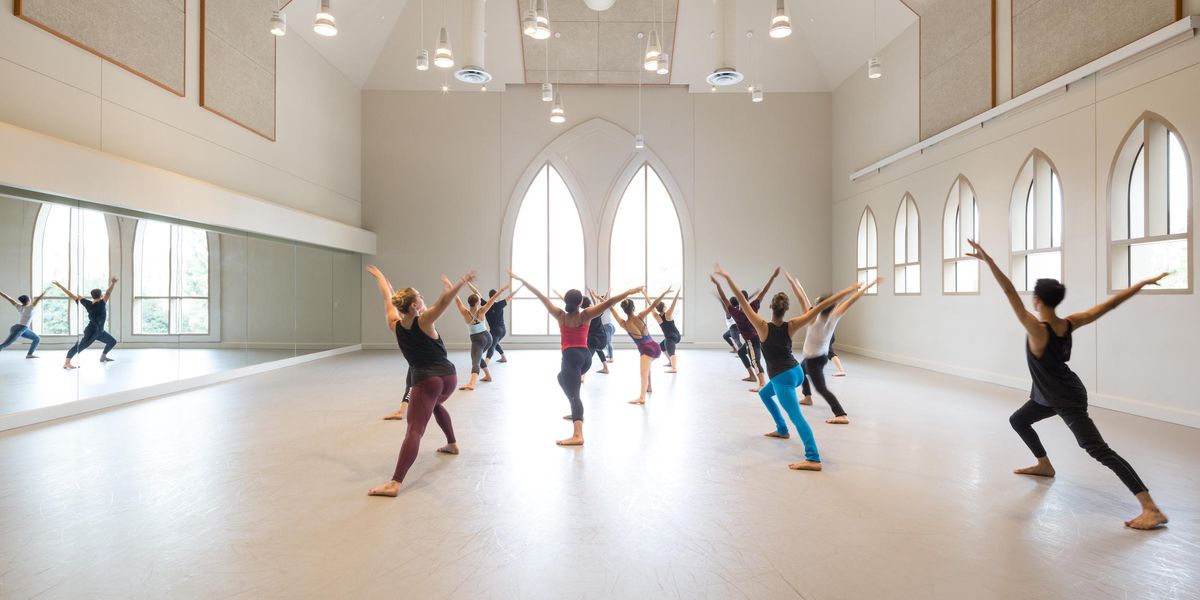Advice for Dancers: Young, Talented…and Arthritic?
How to keep dancing with early onset arthritis, plus tips for finding survival jobs that won’t drain your energy.
My big toe is sore, stiff and—my doctor says—slowly becoming arthritic. How could this happen when I’m only 21? He told me to wear a spacer and pointe shoes in class (no flats) to keep it aligned and as immobile as possible. Does this mean I can never perform contemporary pieces in bare feet?
—Doomed Stiff Toe, Philadelphia, PA
It’s shocking to learn that your toe is showing the beginning stages of arthritis. However, this can happen to dancers at any age for a number of reasons, including genetics; trauma, such as a badly stubbed toe; or a biomechanical problem like excessive pronation, or rolling in. The good news is that an early diagnosis can help you take precautions to slow down the progression of arthritis. This typically takes several years to develop and may eventually restrict motion of that toe completely. Right now, you should be able to perform contemporary work with certain modifications. To lessen the pressure on your joint when you’re dancing barefoot, adjust your technique by lowering your demi-pointe from a 90-degree angle until the stiffness no longer causes pain. Wearing a toe spacer, with or without shoes, can also be useful because the big-toe joint moves best when it is properly aligned. Switching to pointe shoes in class will protect the toe and lessen the pain as you move through the ball of the foot. Additionally, a precut moleskin “turf toe” strap (available at myfootshop.com) worn under the joint can help limit its motion. Of course, if you have any technical problems, such as rolling in, now’s the time to correct them with physical therapy.
Three of my friends are starting to look for performing jobs in Europe. I know February is one of the last months that companies hold auditions. What I didn’t realize is that all I need is a passport to travel, and if a director likes me, I get hired. Why aren’t more dancers in America trying out abroad?
—Taylor, Washington, DC
American dancers may not be aware that many European companies have instigated more relaxed hiring practices since they no longer have to justify that a foreign dancer is better than the local talent. That being said, it’s difficult to predict how recent terrorist attacks will affect border controls and hiring in the future. I know dancers who’ve set up inexpensive audition tours between European countries by flying Ryanair (ryanair.com), and booking in advance for midweek flights that can cost less than $30. You can also make reservations for affordable housing at places like youth hostels (hostelworld.com). Before you go, make sure you’ve researched the requirements for each company’s audition. The “2016 Auditions Guide” on page 62 is a great place to begin your planning. Tip: I’ve been told that the staff of dance companies throughout Europe prefer receiving a real audition package in their hands versus an email link on their laptop.
Surviving in Manhattan has been almost impossible. I take 15 dance classes a week in my BFA program and work a 30-hour shift at Starbucks to cover living expenses. This schedule leaves me feeling constantly exhausted with less than eight hours of sleep a night. Is there any way out?
—CC, New York, NY
Find a survival job where you aren’t spending too much time on your feet after dancing. Otherwise, you could risk burnout and injury due to fatigue. Ideally, you should try to seek employment that requires fewer hours while paying significantly more than the minimum wage. Savvy dancers can use all of their prior experience to garner lucrative survival work. For example, maybe you had a position as a summer camp counselor that could set you up for a well-paying babysitting job. If you have a double major, a minor or are proficient in other academic areas, like math and writing, you may be able to get hired as a tutor. Work-study programs can also help with tuition. Don’t forget about other types of experience you have, like dog walking or yoga certifications, that could translate into a way to make money. I think you’ll be surprised with all your options for side jobs that still leave time for an adequate night’s sleep to do what you love—dance!
Dr. Linda Hamilton
2000 Broadway, PH2C, New York, NY 10023
email: [email protected]
Former New York City Ballet dancer Linda Hamilton, Ph.D., is a psychologist in private practice, the author of
Advice for Dancers (Jossey-Bass) and co-author of The Dancer’s Way: The New York City Ballet Guide to Mind, Body, and Nutrition (St. Martin’s Griffin). Her website is drlindahamilton.com.




